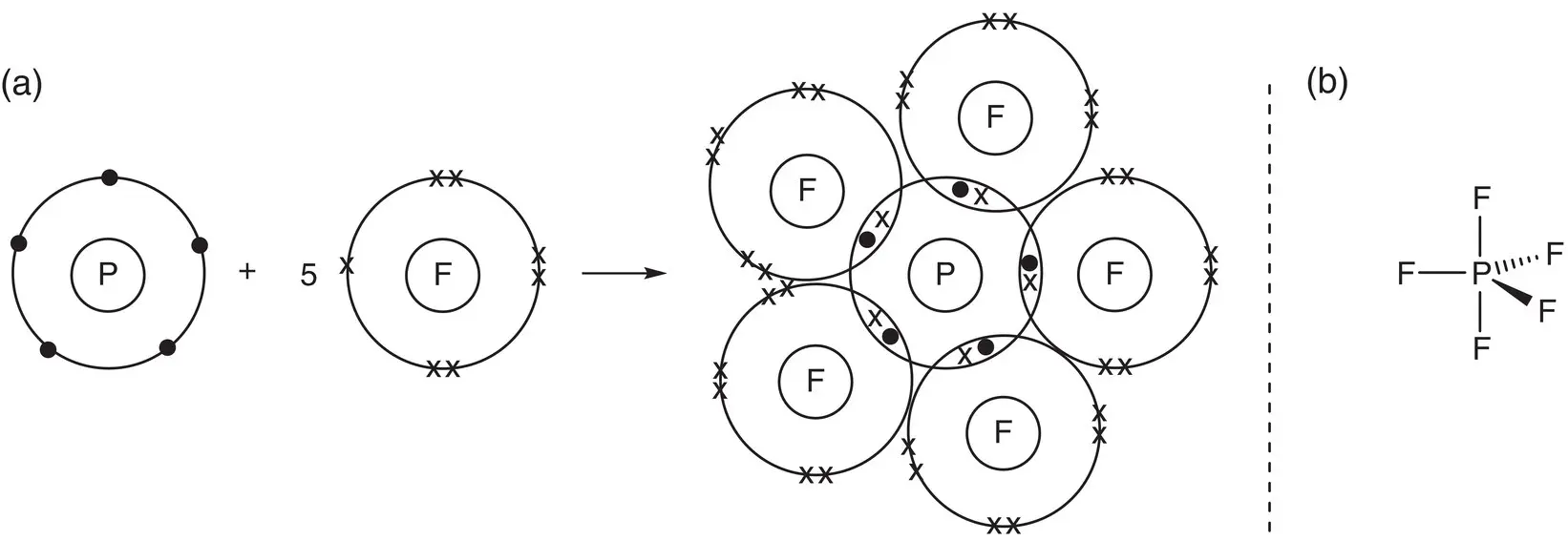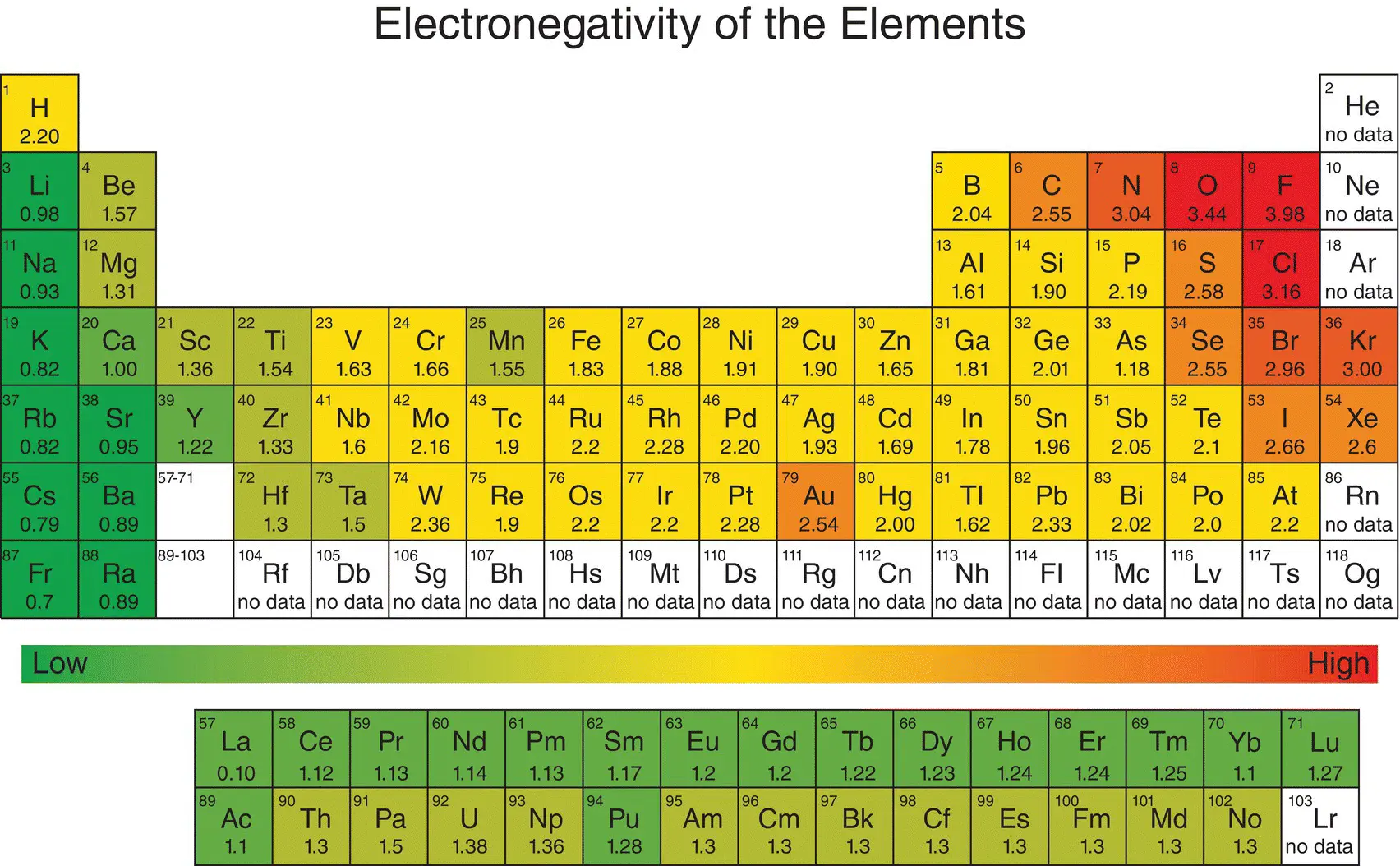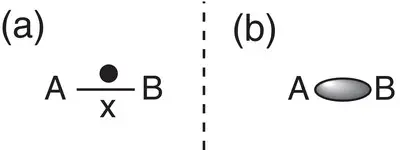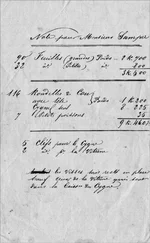
Describe the bonding present in formaldehyde, CH 2O, and determine the shape of the molecule.
Firstly, decide on the central atom. Carbon is the only element in the molecule that can have more than two bonds, so carbon must be the central atom. The carbon atom requires four more electrons to complete its octet.
To satisfy the octet rule, oxygen needs an extra two electrons and so shares two of its electrons with two from carbon, making a double bond. The two hydrogen atoms share one electron each with carbon to form two single bonds. Using a dot‐and‐cross diagram, it can be seen that there are three areas of electron density (remember, a double bond counts as one area). Therefore, to achieve minimum repulsion, the three areas spread out to be roughly 120° apart from each other, and the shape is trigonal planar or planar triangular.

Describe the bonding present in hydrogen cyanide, HCN, and determine the shape of the molecule.
In HCN, the central carbon atom is bonded to one hydrogen atom and one nitrogen atom. Carbon requires four more electrons to complete its octet. Hydrogen requires one more electron to complete its outer shell, so carbon shares one of its electrons with it to form a single C—H bond. Nitrogen has five valence electrons and so needs a further three electrons to complete its octet. It obtains these by sharing three of its electrons with the carbon atom to form a triple bond (having six electrons). From the dot‐and‐cross diagram, there are two areas of electron density at the carbon atom (remember, a triple bond counts as one area), so to achieve minimum repulsion, the two areas need to be 180° apart from each other. The shape is therefore linear.

Explain and describe the bonding present in phosphorus pentafluoride, PF 5.
The first thing to determine is how many areas of electron density are around the central phosphorus atom using a dot‐and‐cross diagram. Phosphorus is in Group 5 (Group 15) and therefore has five outer‐shell electrons. Each fluorine has seven outer‐shell electrons and therefore wants to gain one electron to complete the octet. Fluorine achieves this by sharing each of its unpaired electrons with one from phosphorus, generating a pentavalent central phosphorus atom. There are no lone pairs of electrons, so the five single bonds arrange themselves in a trigonal bipyramidal shape.

You may have noticed the phosphorus atom now has 10 outer electrons, which is two more than the accepted octet. Phosphorus is said to ‘expand the octet’ by accommodating more than eight electrons in its outer shell. The term for this behaviour is hypervalency, and several theories have been used to explain it. A discussion of hypervalency is beyond the scope of this textbook, but it should be noted that you could also encounter hypervalency when looking at bonding in the elements sulfur, chlorine, and iodine.
2.3 Polar bonds and polar molecules
We have seen that atoms bond to each other in different ways to form covalent or ionic compounds. These compounds have very different physical and chemical properties to each other. The main factor that determines whether two atoms will form an ionic or covalent bond is the difference in electronegativity between the elements concerned. In a covalently bonded material, the main factor that determines the physical properties of the material is whether the molecule is polar or non‐polar . These features of a molecule are of fundamental importance and will be explained in the following section.
The electronegativity of an element is the power of an atom in a molecule to pull electrons towards itself when the electrons are in a bond. Linus Pauling developed a scale that compares the relative electronegativities of elements with each other. Pauling's scale has values from 0.7 to 4.0. The symbol for electronegativity is the Greek letter chi: χ. The more electronegative an element, the higher the value of χ. Fluorine is the most electronegative element with a value of 4.0; and francium, at the bottom of Group 1, is the least electronegative with a value of 0.7. Note that electronegativities are relative values, which means they don't have units.
Electronegativity varies across the periodic table, as seen in Figure 2.20. Moving across a period, electronegativity increases from Group 1 to Group 7 (17). From left to right across a period (row) of the periodic table, nuclei have an increasing number of protons; therefore, the force of attraction between the nucleus and outer electrons increases. This increased force of attraction means that the outer electrons are pulled in more strongly and the atomic radii decrease; so the nucleus exerts an increasing attractive force on any bonded electrons, and hence the electronegativity, or power of attracting electrons, increases. Atomic radii will be discussed in more detail in Chapter 10.

Figure 2.20Periodic table showing Pauling electronegativity of most of the elements. You are unlikely to be expected to memorise these values. Source: By Anne Helmenstine. Retrieved from https://sciencenotes.org/electronegativity-definition-and-trend/
On going down a group in the periodic table, the nucleus is becoming increasingly distant from the electrons in the outer shell. Although there is an increase in nuclear charge, the nucleus is screened by more and more layers of filled electron shells, so the outer electrons experience less and less of the nuclear charge. Thus, the elements become less electronegative and more electropositive. The least electronegative element is francium at the bottom of Group 1. Notice that no values are given for the electronegativities of some noble gas elements as they rarely form bonds.
Consider a covalent bond formed between two atoms A and B. The single bond is composed of a pair of electrons. If atoms A and B have the same electronegativity, then on average, the pair of electrons will be located evenly between the two atoms, as shown in Figure 2.21. This type of bond is called a pure covalent bond and is formed when the elements at the end of the bond are the same: for example, Cl 2or H 2.

Figure 2.21(a) A pair of electrons shared evenly between two atoms with the same electronegativity; (b) a representation of the cloud of electrons.
Читать дальше


















